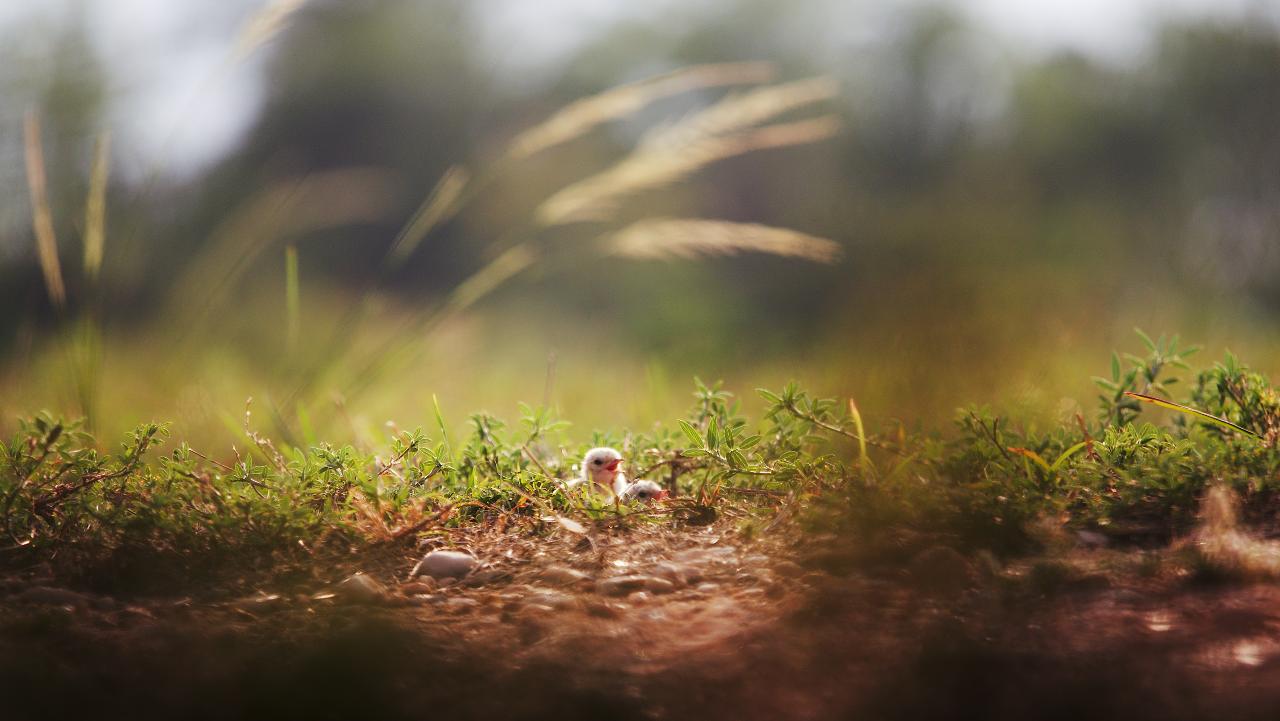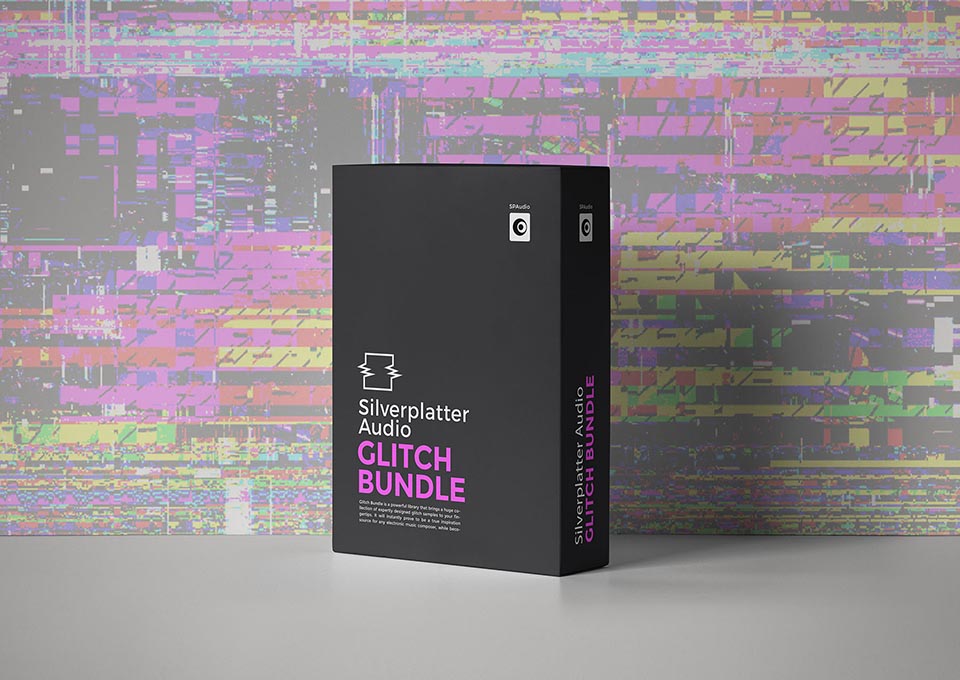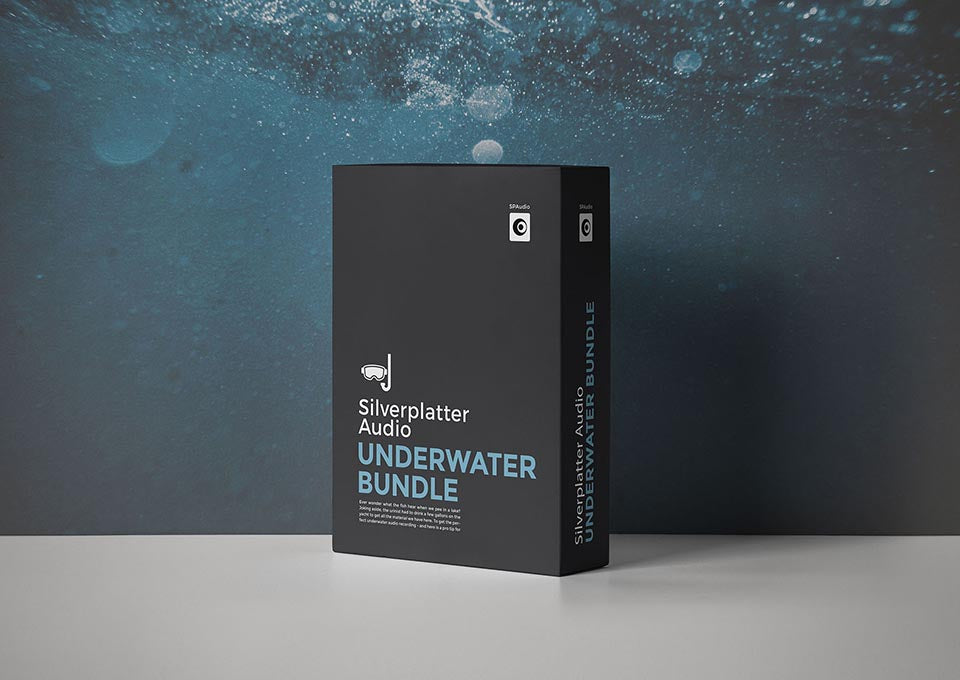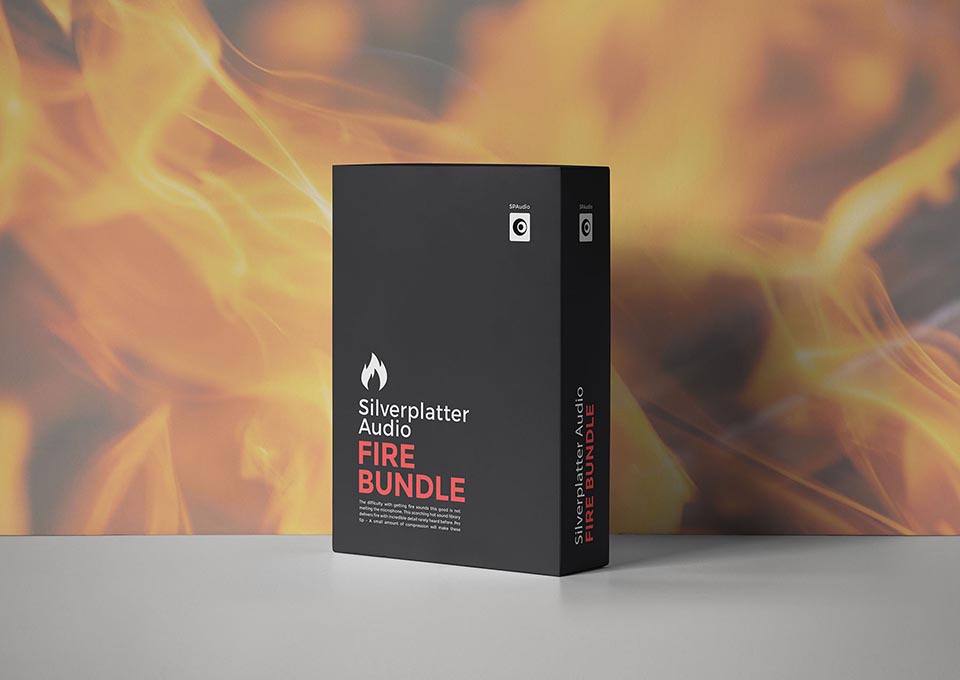How to create epic sound effects using a Parabolic Dish Microphone

Today I want to talk about an incredible tool for capturing unique sounds and transforming them into epic sound effects. The parabolic dish microphone. Have you heard about them and what they can do?
Imagine being able to isolate a specific sound, even from a distance, and incorporate it into your film, music, or documentary projects. Sound exciting?
Let's dive into the fascinating world of parabolic microphones and discover how they can elevate your audio game. Simply put, they act rather like a satellite dish pointing at a distant source and getting an audio signal from that location point.
Here are some examples:
- Film Projects: Imagine you're shooting a scene in a crowded marketplace. You need to capture the protagonist's dialogue without the overwhelming background chatter, but you want to capture the real sounds of the market at the same time, without doing additional voice recording. A parabolic mic can zero in on the voices you want, isolating them from the surrounding noise to a large degree. The result? Surprisingly crisp, clear dialogue.
- Music Production: Looking to incorporate unique environmental sounds into your music? A parabolic dish can help you capture those subtle, distant sounds that add texture and depth to your tracks. From the rustling of leaves to distant thunder, these natural sounds can become integral parts of your composition.
- Documentaries: Authenticity is key in documentaries. Whether you're filming wildlife or capturing the essence of a location, parabolic microphones allow you to record soundscapes that transport your audience right into the heart of the scene. The call of an eagle, the splash of a river – these sounds can enhance the storytelling experience. This tool is also perfect to capture enhanced impact sounds at a sporting event like boxing or football.
What is a Parabolic Dish Microphone exactly?
When talking about a parabolic dish microphone, it's essential to understand its unique specifications. These microphones typically feature a parabolic reflector, often made from lightweight materials like plastic or fibreglass, to ensure ease of use and portability.
The dish's diameter can range from 12 inches to 30 inches or more, with larger dishes providing better sound capture over greater distances. The microphone itself is positioned at the focal point of the dish, where sound waves converge, allowing for heightened sensitivity and directionality.
A parabolic microphone is like a telescope for sounds. Whether you're capturing the chirping of a rare bird, the subtle dialogue of actors in a film, or the ambient sounds of a bustling city, this tool can make all the difference. It's not just about amplification; it's about clarity and precision. You get to capture sounds that would otherwise be lost in the background noise.
Setting Up Your Parabolic Microphone to get epic sound effects
Using a parabolic microphone isn't complicated, but a few tips can help you get the best results:
Positioning:
- Focal point accuracy: Ensure the microphone is precisely positioned at the focal point of the parabolic dish. This is crucial for capturing the maximum amount of sound. A small adjustment can significantly impact the clarity and directionality of the captured sound.
- Marking the focal point: Some parabolic dishes come with markings or guides to help you place the microphone correctly. If your dish doesn’t, or if you made it yourself, consider marking the optimal position after some test recordings.
Aiming:
- Target isolation: Aim the dish directly at the sound source. Parabolic dishes have a narrow pickup pattern, so precise aiming will help you isolate the desired sound from background noise.
- Practice aiming: Practice aiming the dish in different scenarios to get a feel for its directionality. Use visual or auditory cues to ensure you are targeting the sound source accurately
- Aim with headphones. Make sure to monitor the sound through headphones while aiming the microphone. This real-time feedback will greatly help to accurately focus on your subject.
Handling:
- Parabolic dishes can be sensitive to handling noise. Use a tripod or a steady hand to minimize unwanted sounds. And this tip isn’t only for parabolic dishes. It’s good for all microphones. Always use a tripod when it’s possible.
- Steady Movement: If you need to move the dish while recording, do so slowly and steadily to avoid capturing handling noise. Smooth, deliberate movements will ensure consistent sound capture.
Environmental Considerations:
- Wind Protection: Use a windscreen or windjammer to protect the microphone from wind noise. Parabolic dishes are really sensitive to wind, so proper protection is essential for outdoor recordings. Trust me, if the conditions are too windy, it might be best to just postpone your recording session.
- Ambient Noise: Be mindful of the ambient noise directly behind your subject. While the parabolic dish effectively isolates sounds, it won’t block out background noise directly in line with your target, such as rustling leaves behind that bird you’re trying to record.
Post Recording:
Sounds captured with a parabolic dish microphone may have a slightly coloured quality, often sounding a bit nasal. In post-production, applying a nice, flattering EQ can help restore a more natural tone. This is a normal trade-off for the ability to focus on distant subjects with precision. Not everything is perfect!
Maintenance:
- Regular Cleaning: Keep the parabolic dish and microphone clean. Dust and debris can affect sound quality. Use a soft, dry cloth to wipe down the dish and a gentle brush to clean the microphone.
- Storage: Store the parabolic dish and microphone in a protective case to prevent damage during transport. Avoid exposing them to extreme temperatures and moisture.
Test and Experiment:
Trial Runs: Conduct trial runs in different environments to understand how the parabolic dish performs. Experiment with various sound sources and distances to get a feel for its capabilities. After recording, review your audio to identify any issues with positioning, aiming, or handling. Use these insights to improve future recordings. Practice makes perfect!
Parabolic Dish vs The World!
You might be wondering how a parabolic microphone compares to regular microphones. While they all aim to capture sounds, obviously, they aren’t equally efficient to focus on a narrow subject.
Here are the most common types of microphones, ordered from the least to the more efficient for that purpose. Understanding the different types of microphone directionality can help you choose the right tool for your project:
- Omnidirectional: Captures sound equally from all directions. Ideal for capturing ambient sound or group discussions.
- Cardioid: Captures sound primarily from the front while reducing noise from the sides and rear. Great for interviews and live performances.
- Supercardioid/Hypercardioid: Provides a narrower pickup pattern than cardioid, capturing sound from the front with some rear sensitivity. Used in film and stage applications.
- Lobar: Extremely narrow pickup pattern, ideal for isolating sound in noisy environments or at a distance. However, picks up a lot of sound from the rear as well. Be aware.
- Parabolic: Uses a parabolic reflector to capture sound from a distance with high precision. Perfect for wildlife recording, sports events, and any scenario requiring long-range sound isolation. Not picking up sounds from the rear at all.
Parabolic Microphone: A Game Changer
Investing in a parabolic microphone can be a game changer for your audio projects. With its ability to capture distant sounds with pinpoint accuracy, it unlocks new creative possibilities. Whether you're a filmmaker, musician, or sound designer, this tool can help you capture that perfect sound you once thought was out of reach.
The parabolic microphone is more than just another microphone – it’s the ability to capture distant sounds that were once nearly impossible to record clearly. Isn’t it great?
So, next time you're looking to capture that perfect distant sound, remember the power of the parabolic microphone.
Do you want to know how easy it is to make your own parabolic microphone? It's quite simple. Here I show you how to easily create your own DIY parabolic microphone.
Happy recording!
-Phil
I'm co-founder of SilverPlatter Audio. We provide sound effects packs for sound designers, film editors and music producers.










